The Department of the Air Force hopes to soon boast a workforce exceeding 660,000 personnel, while shrinking to about 5,400 aircraft, as part of its $173.7 billion budget request for fiscal 2022.
This year’s ask is $5.5 billion — or 3.3 percent — higher than the department’s enacted budget in 2021.
Under the proposed spending plan unveiled Friday, the department would reach an end strength of 660,324 airmen and guardians, an uptick of about 5,600 over the level Congress approved for 2021. The increase is largely thanks to a spike in Space Force manning as Air Force, Army and Navy troops join the newest service, as well as the likely temporary reinstatement of some 3,000 medical jobs Congress had planned to remove. Lawmakers later opted to keep health care workers because of the coronavirus pandemic.
Most Air Force staffing, meanwhile, will remain flat as it prepares for potential conflict with another world power.
“In order to create a sustainable and affordable workforce … the Air Force must continue to divest, terminate and/or restructure programs and facilities with limited utility in a high-intensity conflict,” the service said.
RELATED
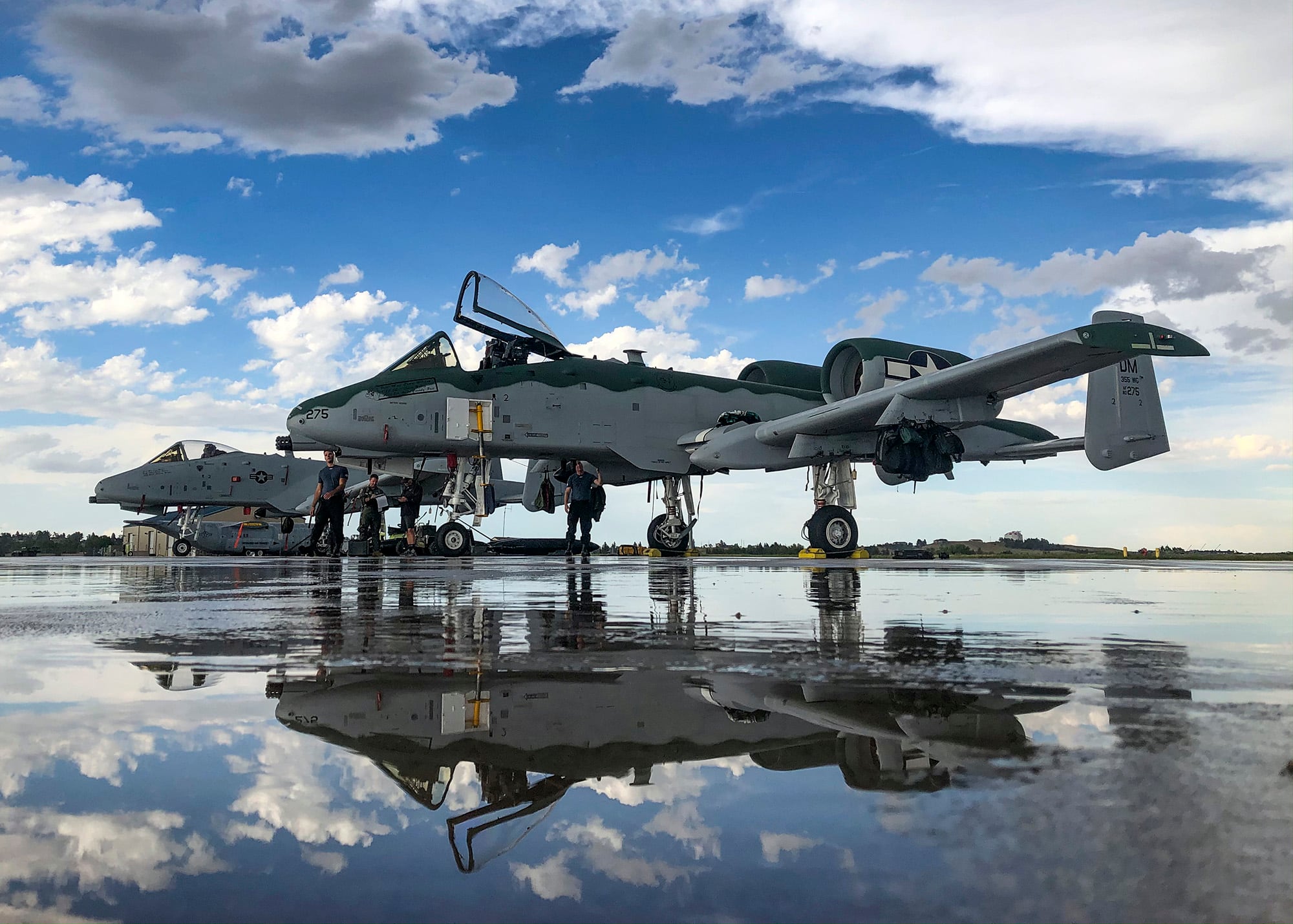
The Department of the Air Force finished out 2020 with about 334,600 active-duty troops, which exceeded the number of available billets. Now it wants to grow the number of billets to 336,700, in part to keep pace with higher-than-usual retention amid pandemic-era uncertainty.
Active-duty Air Force billets would number 328,300 — just 1,200 or so more than in 2021 — while Air National Guard staffing would add 200 logistics, special operations rescue, special warfare, cyber and intelligence personnel for a total of 108,300 troops. The Air Force Reserve would remain the same at 70,300.
On the Space Force side, the service plans to grow by 1,966 billets to 8,400 active-duty uniformed personnel in total. For the first time, that includes troops who will transfer in from the Army and Navy. The civilian workforce would also grow by fewer than 1,000 people to 4,364 employees.
The department’s military personnel spending would reach $38.4 billion, up from the $37.5 billion Congress provided in 2021. That’s largely due to a 2.7 percent civilian pay raise for those projected 140,660 workers, mission and installation support, and facility improvements. Military personnel would also see their paycheck grow by 2.7 percent, their housing allowance grow by 3.8 percent and subsistence pay grow by 2.3 percent.
RELATED
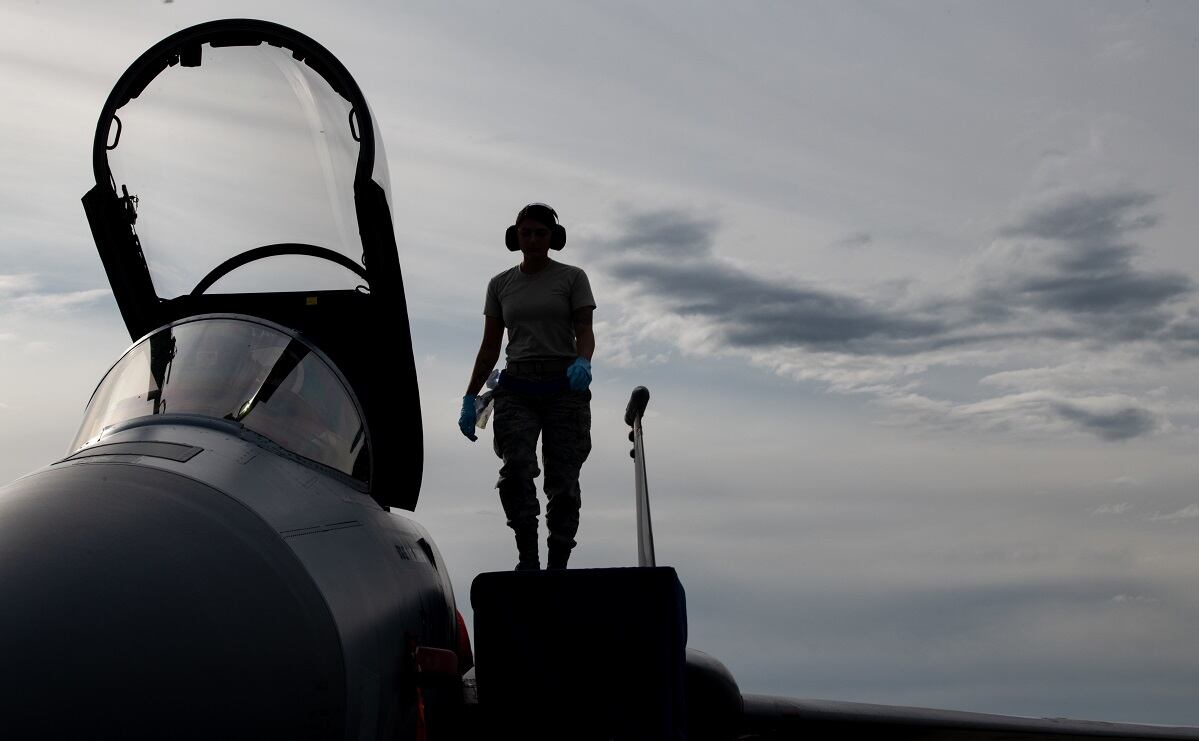
Funding for air operations and maintenance would jump to $63.2 billion, thanks to a spending increase of more than $2.3 billion — the largest requested bump in any USAF spending category this coming year.
At the same time, the service wants to cut its flying program to about 1,150,000 hours — nearly 87,500 fewer than the previous year.
America’s withdrawal from Afghanistan is driving the majority of that rollback, said Maj. Gen. James Peccia, the Air Force’s deputy assistant budget secretary. Taking on more risk to flight readiness during peacetime is also a factor.
“What we’ve done over the last several years is we’ve built our flying our program to match what we believe our requirement is, but we haven’t been able to execute that full amount,” Peccia said during a budget briefing at the Pentagon Friday. “In FY ’21, we reduced the flying hours to actually execute more in line with what we can do in each given fiscal year. In FY ’22, we’ve done the same thing, but we’ve taken just a little bit more risk.”
RELATED
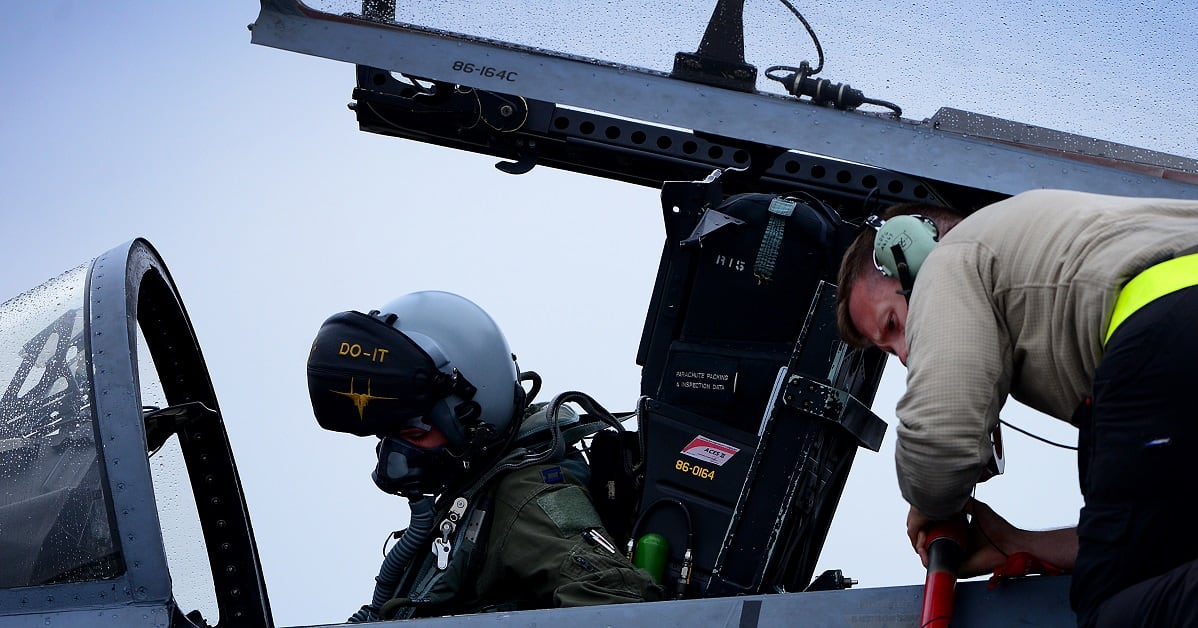
Air Force Vice Chief of Staff Gen. David Allvin told the House Armed Services readiness subcommittee in March that the service’s inability to meet its flying hour goals spurred a study to find the right amount of flying to improve the force while trying not to stretch too thin.
“Our most significant limitations to growing the flying hour program are enduring overseas commitments, protracted maintenance on legacy airframes, diversion of aircraft into modernization pipelines and shortfalls in maintenance manning — all of which reduce aircraft availability with which to train,” Allvin said in written testimony.
To beef up training in 2022, the Air Force wants to invest in cross-service training, new technology for pilot and other types of courses, and training centers with wireless internet.
“This budget also … takes action to address the difficult challenges of sexual assault, suicide and disparate treatment of airmen,” the service continued.
As part of a push to tackle policies and processes that disproportionately hold back minority airmen, the department looks to add $68 million for diversity and inclusion programs. That covers initiatives like training to recognize unconscious biases, and increasing aviation scholarships for Reserve Officers Training Corps cadets at historically Black colleges and universities and Hispanic-serving schools.
RELATED
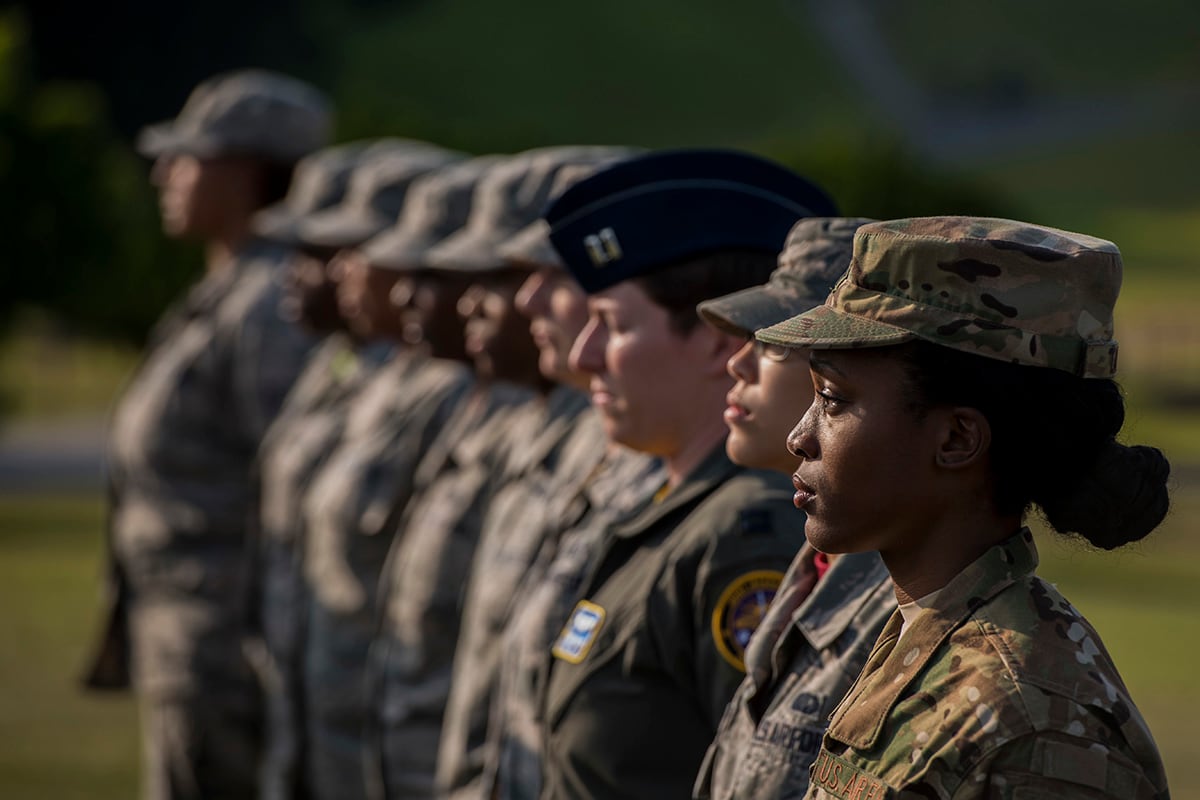
USAF finished 2020 with more than 100 suicides across the total force, the same as in the prior year. Now it wants to spend $876,000 on suicide-prevention initiatives to curb those deaths.
“We support our people by implementing guidance from the Centers for Disease Control and Prevention to foster relationships and build protective environments, continuing gun safety campaigns to mitigate suicide by firearm and bolstering support for chaplain programs and family training that reduces stress,” the service said.
Sexual assault and domestic violence prevention could see a $7.7 million boost. And for military housing, a major focus of Pentagon reform in the past few years, the Air Force would allocate $105 million toward making homes safer for families.
“The Air Force continues to push the Military Housing Privatization Initiative restructures to revitalize housing at Offutt and … Robins Air Force Bases for a total cost of $56 million,” the service said, along with $49 million to upgrade homes at Yokota Air Base in Japan and $172 million for two dormitory complexes for recruits in basic training.
It seeks $2.9 billion for 56 major military construction projects, and $10.2 billion to pay for overseas air and space combat operations and related costs like the Afghanistan drawdown.
RELATED
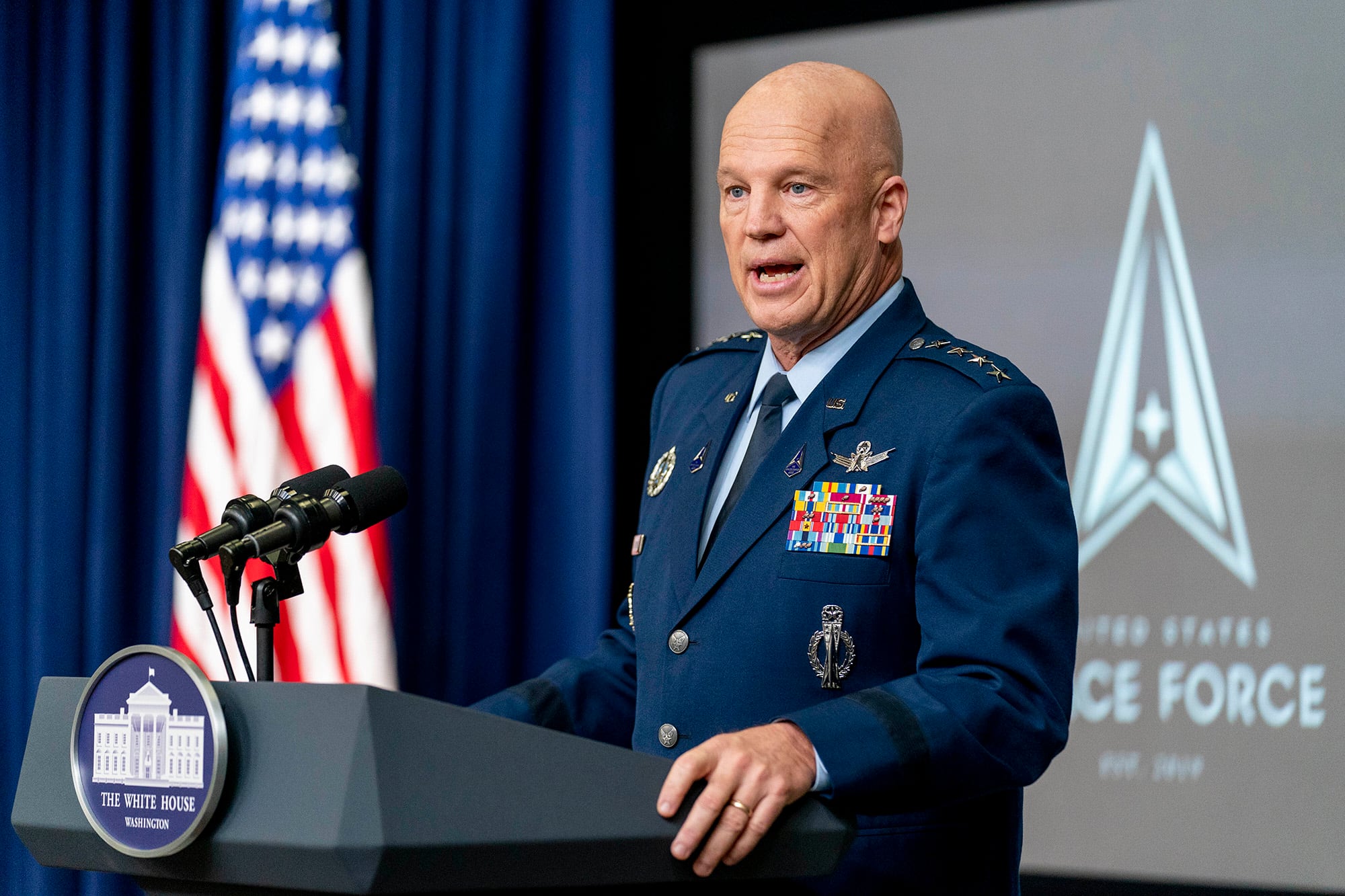
The Space Force’s $17.4 billion budget request, its second since the service was created in December 2019, jumps by $2 billion over 2021.
That’s because the newest branch is taking on programs like the Army’s wideband communications satellites and the Navy’s Mobile User Objective System, another type of military comms satellite. It also pulled money from Air Force ops to support the Space Force’s $3.4 billion operations and maintenance ask.
In addition to expanding its workforce and mission set, the service aims to fund software-coding courses for up to 90 military and civilian personnel. It also wants to create a Space Warfighting Analysis Center to lead its analysis, modeling, wargaming and other experiments to help shape the future inventory and job requirements.
“The Department of the Air Force efforts are guided by the three overarching Department of Defense priorities of defending the nation, taking care of people and succeeding through teamwork,” Peccia said. “This budget is the beginning of a journey to the Air and Space Forces of 2030.”
Rachel Cohen is the editor of Air Force Times. She joined the publication as its senior reporter in March 2021. Her work has appeared in the Washington Post, the Frederick News-Post (Md.), Air and Space Forces Magazine, Inside Defense, Inside Health Policy and elsewhere.




